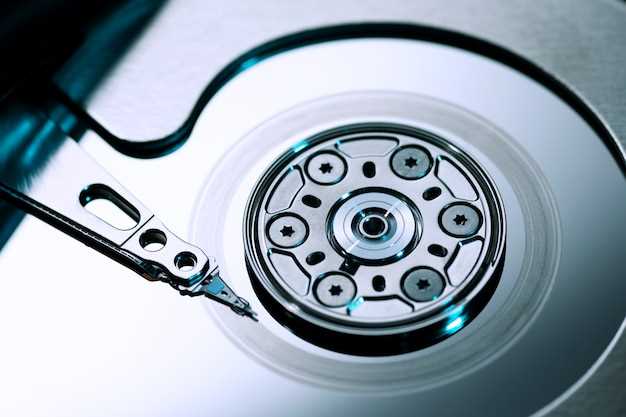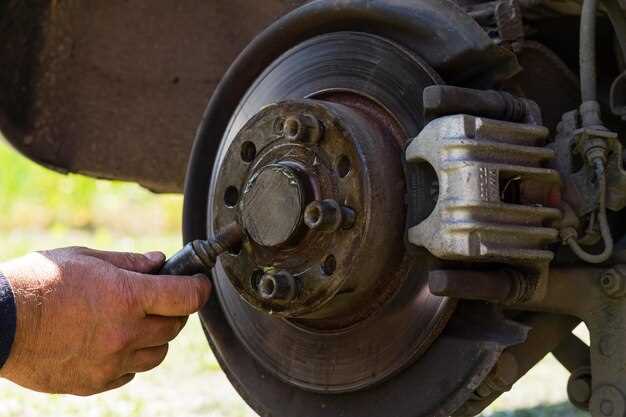
The brake system of a classic 1980s car holds immense significance not only for safety but also for preserving the vehicle’s integrity. Maintaining and restoring these systems requires a keen understanding of both the technology used during that era and the specific needs of each make and model. With advancements in materials and engineering, it is essential to evaluate and possibly upgrade certain components while staying true to the original design.
Restoration of brake systems often begins with a thorough inspection to identify wear and damage. Many classic cars faced challenges such as rusted components, deteriorated rubber seals, and outdated hydraulic systems. By addressing these issues, car owners can enhance both performance and reliability. Replacing old brake lines, master cylinders, and calipers with high-quality parts is crucial in ensuring a responsive brake system that meets modern safety standards without compromising the vehicle’s classic charm.
In addition to component replacement, flushing the brake fluid and ensuring proper bleeding of the system are vital steps in the restoration process. This ensures that air bubbles, which can lead to brake failure, are eliminated and that the hydraulic pressure remains optimal. With careful attention to detail, restoring the brake system of a classic 1980s car is not just about safety; it is a testament to the dedication of car enthusiasts who value their vehicles’ history and performance.
Identifying Common Brake System Issues in 1980s Models
When it comes to restoring the brake systems of classic 1980s cars, safety should be the top priority for any car enthusiast. The brake system is critical for vehicle safety, and identifying common issues is essential for effective restoration.
One prevalent problem in 1980s models is brake fluid contamination. Over the years, moisture can accumulate in the brake fluid, leading to corrosion within the braking components. This can result in reduced braking efficiency and may even cause brake failure.
An additional issue is the wear and deterioration of rubber brake hoses. These hoses can become brittle or swollen due to age and exposure to heat and chemicals. A compromised hose can lead to fluid leaks, ultimately jeopardizing the safety of the braking system.
Furthermore, issues with the brake pads and rotors are common in older vehicles. Brake pads may become glazed, reducing their friction capabilities, while warped rotors can cause vibrations during braking. Regular inspection of these components is crucial to ensure they meet safety standards.
By understanding these common brake system issues in 1980s models, car restorers can take proactive measures to ensure the safety and performance of their classic vehicles.
Essential Tools and Components for Brake System Overhaul

Overhauling the brake system of classic 1980s cars is a critical task that ensures not only the performance of the vehicle but also the safety of its occupants. To effectively complete this task, it is essential to equip yourself with the right tools and components.
Tools:
1. Brake Line Wrench: A specialized tool designed to loosen and tighten brake line fittings without rounding them off. This is crucial when working with older systems where corrosion can be an issue.
2. Torque Wrench: Adequate torque is vital for securing brake components. A torque wrench allows for precise tightening to manufacturer specifications, enhancing reliability.
3. Brake Bleeder Kit: Air trapped in the brake lines can compromise braking efficiency. A bleeder kit helps remove air bubbles, ensuring a firm brake pedal feel.
4. Jack and Jack Stands: Safety is paramount when working underneath a vehicle. A quality jack and sturdy jack stands provide a secure working environment, allowing access to the brake system without risk.
5. Basic Hand Tools: Screwdrivers, pliers, and socket sets are essential for removing and installing brake components such as calipers, rotors, and pads.
Components:
1. Brake Pads: These are integral to the stopping process, providing the necessary friction against the rotors. Choose high-quality, suitable pads that meet safety standards for performance and longevity.
2. Brake Rotors: Inspect and replace rotors showing signs of wear or warping. New rotors enhance braking performance and safety.
3. Brake Lines: Over time, brake lines can corrode or become damaged. Upgrading to stainless steel lines offers durability and improved performance.
4. Calipers: Calipers should be inspected for leaks and functionality. Rebuilding or replacing calipers as necessary is crucial for effective braking.
5. Brake Fluid: Using the recommended type of fluid ensures consistent brake response and prevents moisture contamination, which can lead to brake failure.
Equipping yourself with these essential tools and components is fundamental for a successful brake system overhaul of classic 1980s cars. Prioritizing safety and quality will lead to an efficient restoration, allowing you to enjoy driving while ensuring the well-being of everyone on the road.
Steps to Ensure Safety and Performance After Restoration

After restoring the brake system of a classic 1980s car, it’s crucial to implement several essential steps to guarantee both safety and performance. Neglecting these measures can lead to serious consequences on the road.
1. Comprehensive Inspection
The first step is to conduct a detailed inspection of the entire brake system. Check for any signs of wear or damage on components such as brake pads, rotors, calipers, and hoses. Inspect fluid lines for leaks and corrosion, ensuring all parts are in good condition.
2. Fluid Quality and Levels
Brake fluid plays a vital role in system performance. Replace old fluid with a high-quality option that meets the manufacturer’s specifications. Ensure that the fluid level is correct, as inadequate levels can compromise braking efficacy.
3. Test Drive
After restoring the brakes, perform a test drive in a safe area to evaluate the system’s responsiveness. Pay attention to any unusual noises or vibrations. The responsiveness of the braking system should be immediate and firm.
4. Brake System Alignment
Ensure that your brake system is properly aligned. Misalignment can lead to uneven wear on the brakes and diminished performance. Checking alignment may require professional assistance.
5. Regular Maintenance
Develop a routine maintenance plan that includes periodic checks of the brake system. Regularly inspecting components will help address any wear before it affects safety. Replacing worn parts promptly is key to maintaining brake efficiency.
6. Keep Detailed Records
Maintaining detailed records of all repairs and replacements done to the brake system can help in tracking the performance over time. This includes notes on past issues, changes made, and the type of parts used during restoration.
7. Consult Professionals
If unsure about any aspect of the restoration or performance testing, consulting a professional mechanic specialized in classic cars ensures that the system operates safely. Expert insight can help identify issues that may not be immediately apparent.
By following these steps, you can significantly enhance the safety and performance of your classic 1980s car’s brake system, ensuring a reliable and enjoyable driving experience.




